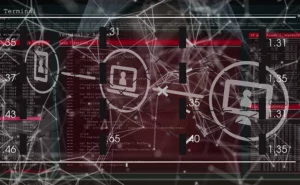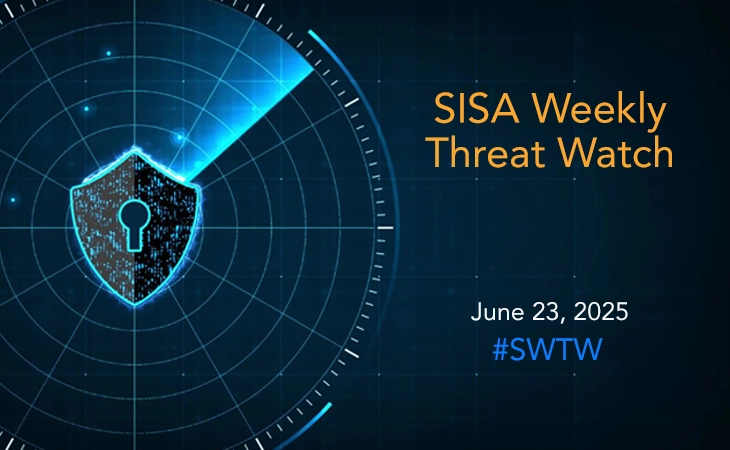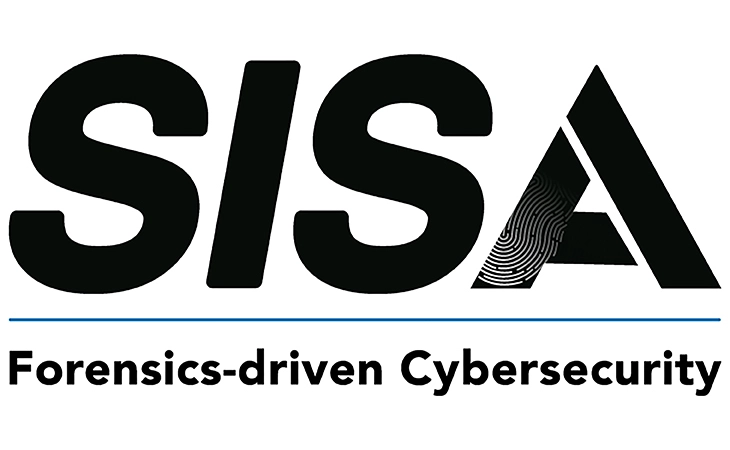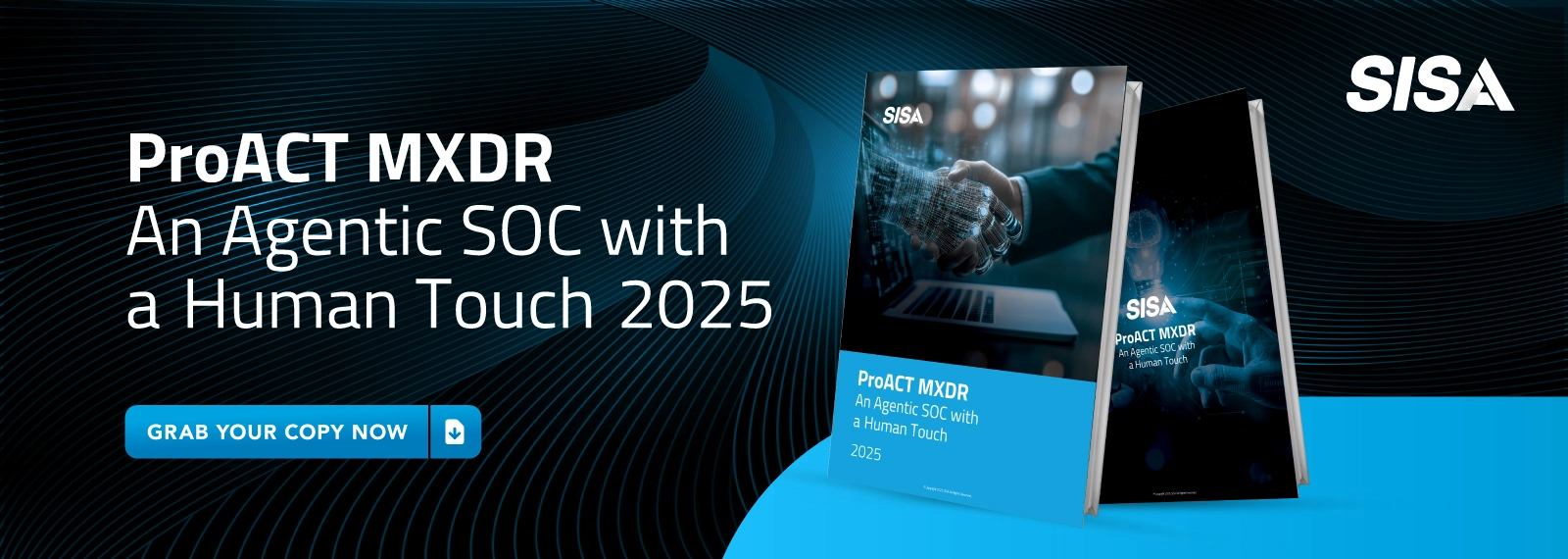Network Penetration Testing
Strengthen your network’s defenses by uncovering vulnerabilities with comprehensive Network Penetration Testing

Fortify your network
Dive deep into your network, pinpointing vulnerabilities before they become targets.

Spot security oversights
Discover hidden pitfalls like misconfigurations, weak access points, and lagging updates.

Measure defense efficacy
Gauge the strength of security barriers, from firewalls to intrusion prevention systems.

Prioritize risks intelligently
Determine the impact and probability of potential threats to implement effective security measures.

Uphold industry standards
Consistently demonstrate adherence to regulations, preserving trust with stakeholders and staying compliant.
Secure your organization’s network with expert penetration testing from reconnaissance to remediation

Reconnaissance:
Gathering insights
Mapping out your network, identifying vital elements like IP addresses and open ports to inform targeted testing.

Manual & automated scans:
Uncovering vulnerabilities
Using both cutting-edge tools and a hands-on approach to pinpoint vulnerabilities, ensuring no blind spots are left unaddressed for potential exploits.

Exploitation:
Attack simulation
Simulating real-world attacks to pressure-test your system, identifying weak areas requiring immediate attention.

Post-exploitation:
Testing resilience
Evaluating network resilience by solidifying access via backdoors, stealth accounts, and log alterations.

Reporting & remediation:
Actionable insights
Delivering a focused report on vulnerabilities and remedies, followed by a reassessment to confirm enhanced security.
Ensure network security with SISA’s tailored, multi-layered penetration tests for a resilient cyber defense
-
External penetration testing
Public facing IPs or URLs -
Internal penetration testing
Internal servers, desktops, or network devices
-
Segmentation penetration testing
Isolate and protect different parts of a network from each other
Uncover network and OS layer attacks including advanced threats and vulnerabilities
Network/OS Layer Attacks
- Network Hash Passing
- DNS Spoofing
- OS Weaknesses
- Man-in-the-Middle (MitM) Attacks
Layer 2 Attacks
- VLAN Hopping
- Mac Address Spoofing
- STP (Spanning Tree Protocol) Manipulation
- ARP Cache Poisoning
- Switch Architecture Weaknesses

Layer 3 Attacks
- IP Redirections
- Session Hijacking
- Session Replay
- Routing Attack
Advanced Attacks
- Protocol Fuzzing
- Zero-day Exploits
- Cryptographic Weaknesses
- Buffer Overflow
- Malware Propagation
- DNS Tunneling
Why choose SISA for Network Penetration Testing?
-
PCI SSC authorized Approved Scanning Vendor (ASV).

-
Accredited as PCI QSA, PA QSA, PCI ASV, P2PE-QSA, PFI, and VISA Approved PCI PIN Security Assessor.

-
Core PFI, proficient in investigating payment frauds in 40+ countries worldwide.

-
70+ certified penetration testers equipped with industry-standard certifications including CISSP, CISA, ISO 27001, OSCP, CPSA, ASV, eJPT, CRTP, CEH, and ECSA.

-
State of the art R&D facility using advanced tools for simulating diverse attack scenarios, rigorously testing security measures in a controlled environment.

-
CERT empaneled organization and a leading name in penetration audits.

-
Recognized by CREST for both penetration testing and vulnerability assessment services.

-
Integration of forensic-driven learnings into testing techniques.

Featured Insights

The Agentic AI Revolution in SOC: Promise, Peril, and the Path Forward
Agentic AI transforms SOCs with autonomous threat response & reduced alert fatigue. But this powerful double-edged sword demands robust governance & human oversight. Discover the risks & rewards of the agentic SOC.

What Is IoT Attack Simulation? And Why Does It Matter In 2025
Discover IoT attack simulation, its role in securing devices, and why it’s vital in 2025 to counter cyber threats. Learn how real-world testing strengthens defenses.

What Is PCI Penetration Testing? Do You Need It for Your Organization?
Avoid $4.88M+ breaches. PCI Penetration Testing validates defenses & meets DSS Requirement 11.3. Essential security for any business handling cardholder data. Learn why & how.
 USA
USA India
India APAC
APAC Middle East
Middle East Global
Global

 Facebook
Facebook Linkedin
Linkedin  X
X Youtube
Youtube






